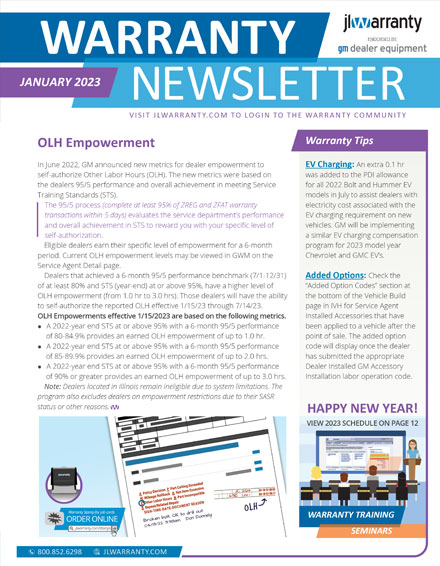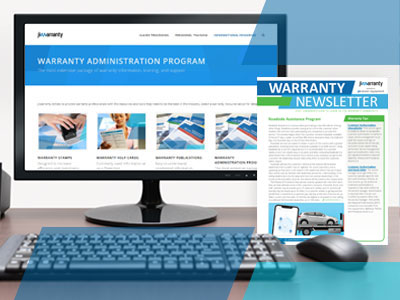Comeback Prevention

Bulletin 01-00-89-010 was first created way back in 2001, but the information within this bulletin is still relevant today. The purpose of this bulletin is to provide a single point reference and strategy to aid in reducing customer comebacks and the possibility of buyback situations. This 24 page bulletin is large and the intent of this article is to simply highlight a few of the recommendations contained within it. We recommend you open up the bulletin and read it in its entirety.
Obviously, no one likes a comeback. Particularly not the customer. Comebacks hurt the image of the dealership as well as General Motors. To reduce the number of comebacks, dealers should develop a strategy that includes the following points:
- Work on ways to improve the communication between the customer, service advisor, service manager, and the technician. If there is a problem in the appointment making process, perhaps those who make appointments could benefit from additional training that is service advisor based. It is proven that the better the service advisor does in documenting the customer’s concern, the easier it will be for the technician to diagnose and fix the customer’s vehicle right the first time.
- When a customer has a complicated, difficult, or intermittent condition or concern, use the appropriate customer concern verification sheet (CCVS) on the first service visit. It is recommended to always use the CCVS on the second and third repair attempts for the same condition or concern. While a copy of each of these worksheets are available in the bulletin and in GlobalConnect Service Forms, they are also available as a Warranty Help Card in the Warranty Community within the Reference tab. Encourage advisors to download these tools to their desktop so they may be distributed to customers to assist with accurately diagnosing concerns. There are four worksheets:

- Technician training should be as up to date as possible.
- Institute a quality control program that includes vehicle inspections, road tests, and verification of the repair when the technician has completed the repair. This is a good time to make sure there are no smudges on the seats, steering wheel, or other interior surfaces.
- Contact GM Technical Assistance Center (TAC) when necessary. Be prepared with the necessary and completed documentation before calling.
There are numerous benefits to be gained by using these worksheets. Reducing the number of customer concern not duplicated situations is one of those benefits. The worksheets reduce the need to contact customers for additional information and ensure that all the correct questions are asked when the job card is created. Also, with the complexity of vehicles today, customers can sometimes find it difficult to describe their concern or may not be familiar with certain features on their vehicle; these worksheets can help in that situation. Using worksheets also increases customer involvement in the process that will give them a better understanding of what it takes to diagnose and repair their vehicle. Many customers will also perceive that their service advisor is truly listening and is using all the tools available for a successful, one time only, service visit.
© jlwarranty
Article from jlwarranty's Warranty Newsletter
 The most updated warranty information available is delivered to your door and/or inbox each month. jlwarranty summarizes important warranty information from General Motors, combines it with our warranty claims processing experience, and puts it into easy-to-understand articles. Find answers to the latest, most pressing GM warranty topics, strategies to increase warranty reimbursements, tips on protecting your dealership from debits and more! Only available with a monthly subscription to the Warranty Administration Program.
The most updated warranty information available is delivered to your door and/or inbox each month. jlwarranty summarizes important warranty information from General Motors, combines it with our warranty claims processing experience, and puts it into easy-to-understand articles. Find answers to the latest, most pressing GM warranty topics, strategies to increase warranty reimbursements, tips on protecting your dealership from debits and more! Only available with a monthly subscription to the Warranty Administration Program.Learn moreTry a 1 Month Trial


